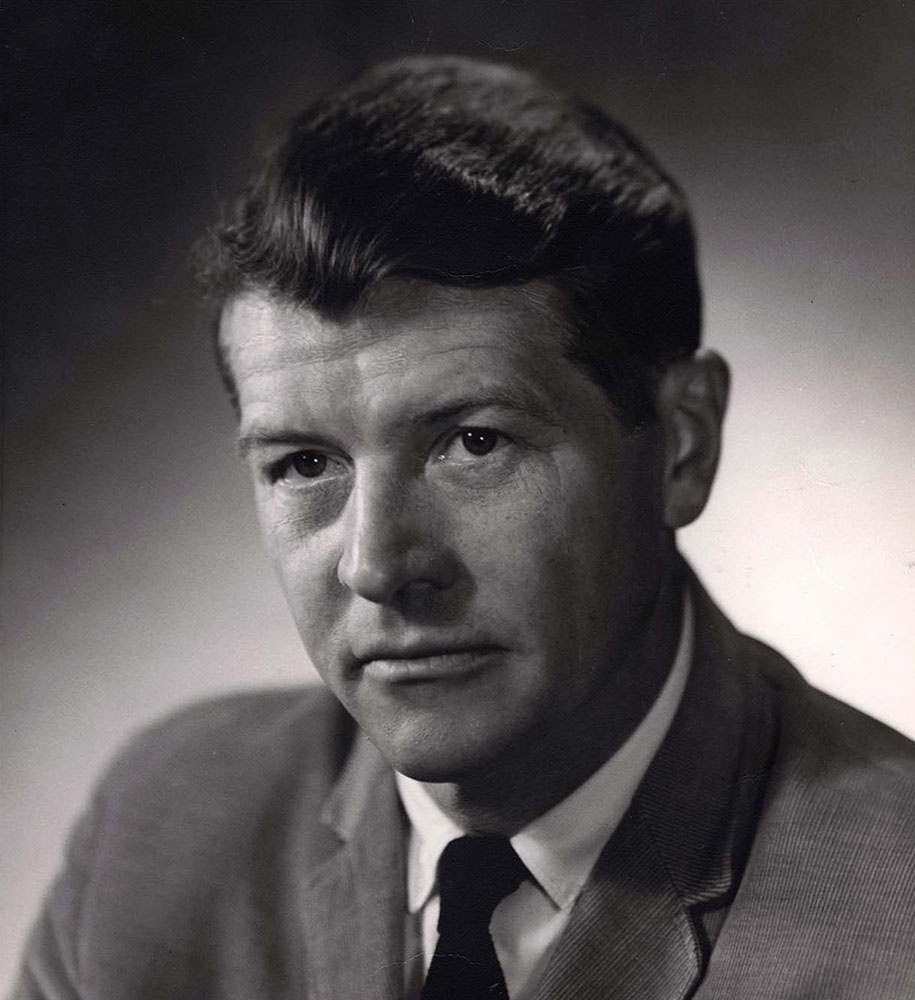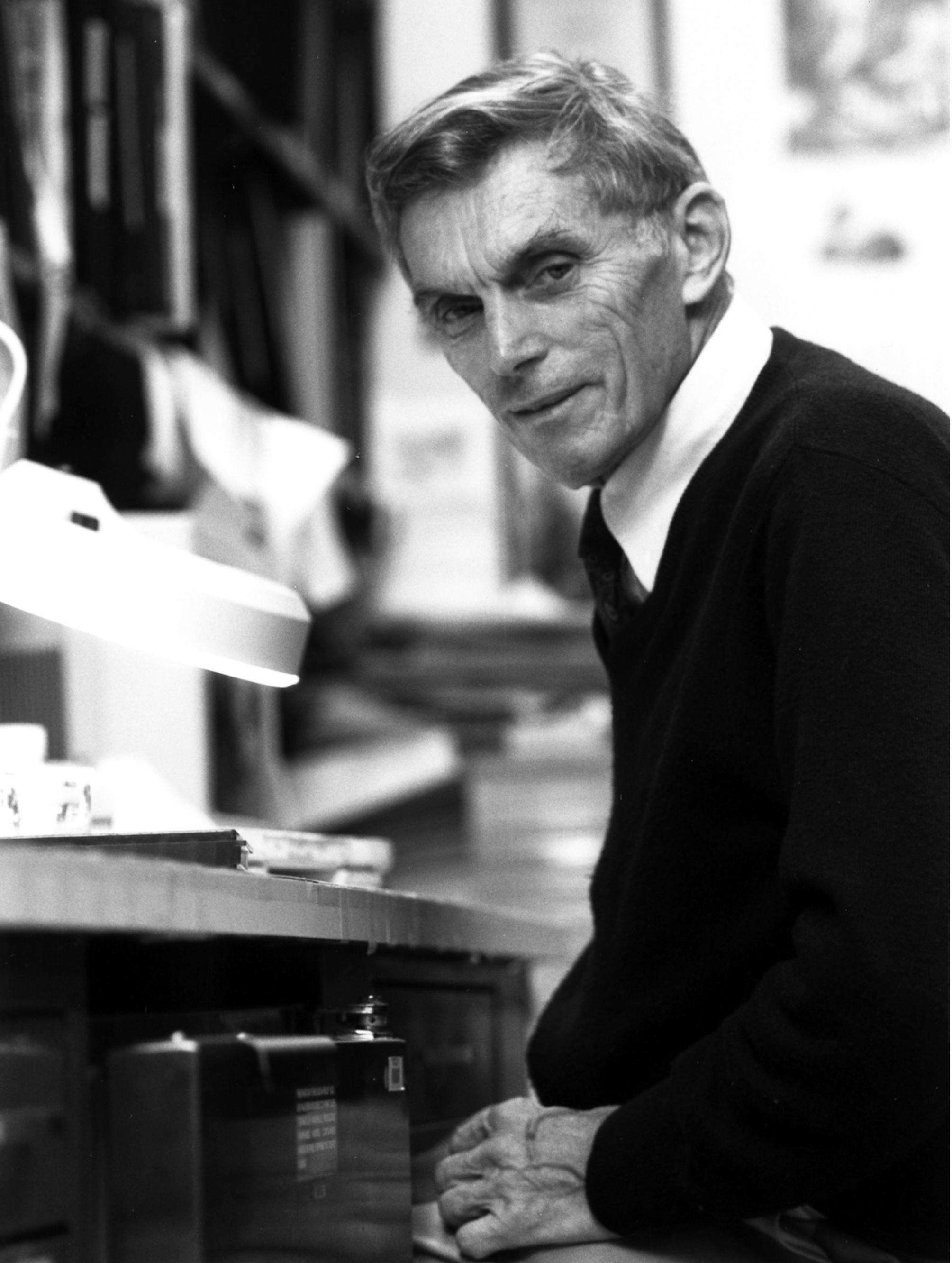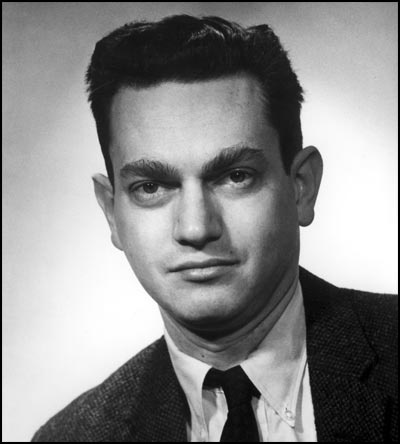Onsite Exhibitions and Displays
As Stetten Museum is currently a "museum without walls," and our exhibits are displayed across the NIH Bethesda campus in numerous buildings. Below is a list of our onsite exhibitions and displays with links to the complementary online component, where available.
Exhibitions
- Christian Boehmer Anfinsen: Protein Folding and the Nobel Prize — This exhibition, in the NIH Clinical Center (Building 10), celebrates Christian Anfinsen's legacy by illuminating just a few of his contributions to science and society.
- Curiosity & Collaboration: The Work of Michael Potter — This exhibition, in the NIH Clinical Center (Building 10), captures the spirit of Michael Potter, a man driven by curiosity, not competition, whose only goal was to answer questions about the nature of life.
- Santiago Ramon y Cajal: Father of Modern Neuroscience — Santiago Ramón y Cajal was the first to describe the nervous system, including neurons, in exquisite detail. His original drawings, as well as information about current NIH neuroscience, are on exhibit in NIH Building 35, the Porter Neuroscience Center.
- NIBIB: Improving Health Through Emerging Technologies — This exhibit outside of Building 31, Room 1C14, showcases a few examples of NIBIB-funded research, explaining today’s futuristic research in historical context
- Marshall Nirenberg: Discovering the Genetic Code — This exhibit honors the career of the Nobel-prize winning NIH scientist Nirenberg, who deciphered the genetic code in the early 1960s with the collaboration of his NIH colleagues. The exhibit is located in the NIH Clinical Center (Building 10), outside of Lipsett Auditorium.
- The Stadtman Way: A Tale of Two Biochemists at NIH — This exhibit highlights the work of Drs. Thressa and Earl Stadtman, distinguished biochemists who have worked at the National Institutes of Health since 1950. It is located in the anteroom to the Lipsett Auditorium on the first floor of the NIH Clinical Center (Building 10).
- Innovation and Invention: NIH and Prosthetic Heart Valves — The development of artificial heart valves involved surgeons, engineers, patients, and regulators. This exhibit explores their stories and presents current and future examples of artificial heart valve innovation. The exhibit is currently in the process of moving from the NIH to the FDA and is expected to be on display again by 2020.
Displays
- Cray X-MP/22 Computer — NIH's first supercomputer, the Cray X-MP/22, is on display in Building 31C near the B3 elevators. This Cray was the world's fastest supercomputer from 1983 to 1986 and the first one devoted solely to biomedical research.
- Siemens 1-A Electron Microscope — This Siemens 1-A Electron Microscope was used for over three decades by Dr. Albert Kapikian, NIAID. The instrument, used to detect and characterize various viruses, is now on display in the lobby of NIH Building 50.
- Varian A-60 NMR — A Varian A-60 NMR (Nuclear Magnetic Resonance), used at NIH in the 1960s, is located in Building 50.
| Div | ||||||||||||||||||||||||||||||||||||||||||||||||||||||||||||
|---|---|---|---|---|---|---|---|---|---|---|---|---|---|---|---|---|---|---|---|---|---|---|---|---|---|---|---|---|---|---|---|---|---|---|---|---|---|---|---|---|---|---|---|---|---|---|---|---|---|---|---|---|---|---|---|---|---|---|---|---|
| ||||||||||||||||||||||||||||||||||||||||||||||||||||||||||||
|
| Div | |||||||||||||||
|---|---|---|---|---|---|---|---|---|---|---|---|---|---|---|---|
| |||||||||||||||
|
| Div | |||||||||||||||
|---|---|---|---|---|---|---|---|---|---|---|---|---|---|---|---|
| |||||||||||||||
|
| Div | |||||||||||||||
|---|---|---|---|---|---|---|---|---|---|---|---|---|---|---|---|
| |||||||||||||||
|
| Div | |||||||||||||||
|---|---|---|---|---|---|---|---|---|---|---|---|---|---|---|---|
| |||||||||||||||
|
| Div | |||||||||||||||
|---|---|---|---|---|---|---|---|---|---|---|---|---|---|---|---|
| |||||||||||||||
|
| Div | |||||||||||||
|---|---|---|---|---|---|---|---|---|---|---|---|---|---|
| |||||||||||||
|



















